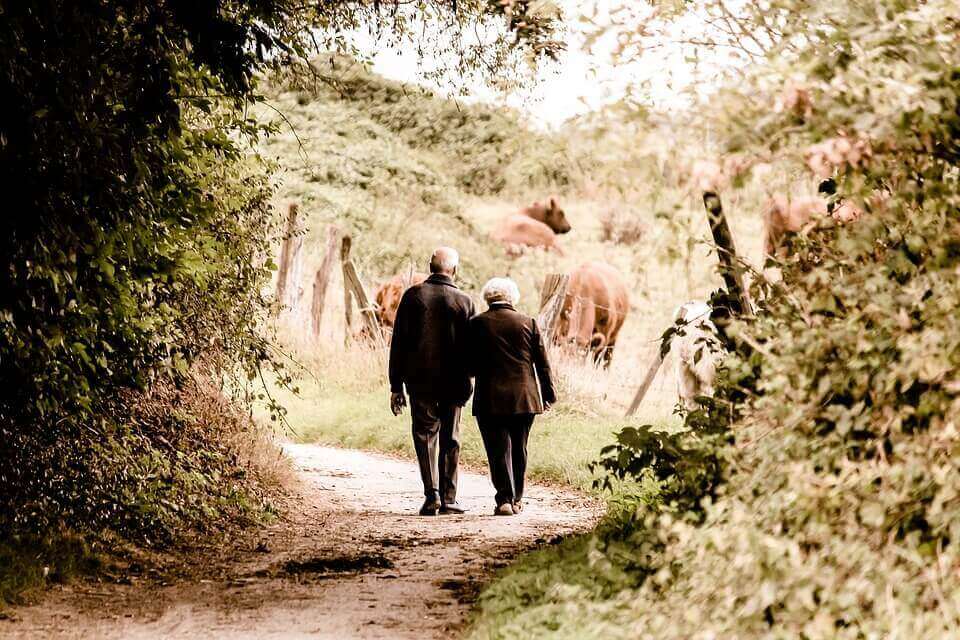There are stories that deserve to be shared, many of them are transmitted from generation to generation, oral tradition serves this purpose, sharing memories and interpretations of past events, the transmission of these stories will constitute what we call “collective memory”. , memories that share many generations so as not to get lost.
What are the stories? Stories are representations of the past that are reflected in narratives, these stories that speak of a specific theme present a plot with a well-defined principle and ending, have a sequential and causal coherence, in addition the facts considered most important appear. When a group adopts a narrative as an interpretation of the past, it is part of its collective memory.
- Collective memory does not represent an objective or neutral account of past events.
- These shared stories are selective.
- Remember what they want to remember and are distorted.
- Prevailing in many cases over what is useful in reality.
Collective memory can serve to justify the actions of the present. Based on the oral tradition of collective memory, each generation that shares it further distorts the original history by adapting it to the pretensions of the present.
When grandparents talk about past wars, they recount the events they remember most, which left a deeper mark. These informed events will be shaped according to your ideology.
The party of your choice is probably the victim’s party, while the other party will be the majority of the oppressors, the culprits. Grandparents’ battles will explain why we have specific policies or behaviors today.
Despite the evidence of oral transmission of narratives, there are different forms of transmission, which correspond to different types of memory that form collective memory, which are:
The last four types of memory have the greatest influence on popular memory, while official memory, which represents nations internationally, influences external relations.
When we talk about a conflict, the stories deal with the main facts that triggered and unfolded throughout the conflict. These narratives will be collective and distorted. They will provide a selfish and simplistic view of the conflict.
These stories generally address at least four main topics
These stories play two important roles in the conflict. The first is internal. When a group adopts these stories, they are part of the popular memory of their members, so stories influence the psychological reactions of group members and therefore their actions.
With a high probability, these stories will be negative for the opponent and positive for themselves. The second role is external, as the narratives present the group in a positive way to the international community, in which it seeks support.
Narratives that constitute the collective memory of a conflict often inhibit peaceful conflict resolution and reconciliation between the parties, on the one hand, discourage group members from signing peace with a rival they perceive negatively and as someone unreliable. On the other hand, distorted narratives discourage the opponent from negotiating with the other group.
As an Arabic proverb says: “If God created us with two ears, two eyes and one mouth, it is because we must listen and see twice before we speak. Don’t open your lips if you’re not sure what to say; Silence is more beautiful ?.
Collective memory, in most cases, is selfish and distorted, so you have to take into account all perspectives, knowing all the stories, even those that are contrary to collective memory, will help to better understand the past facts. understand the role of narratives and what are the elements that limit or impede peace agreements.

